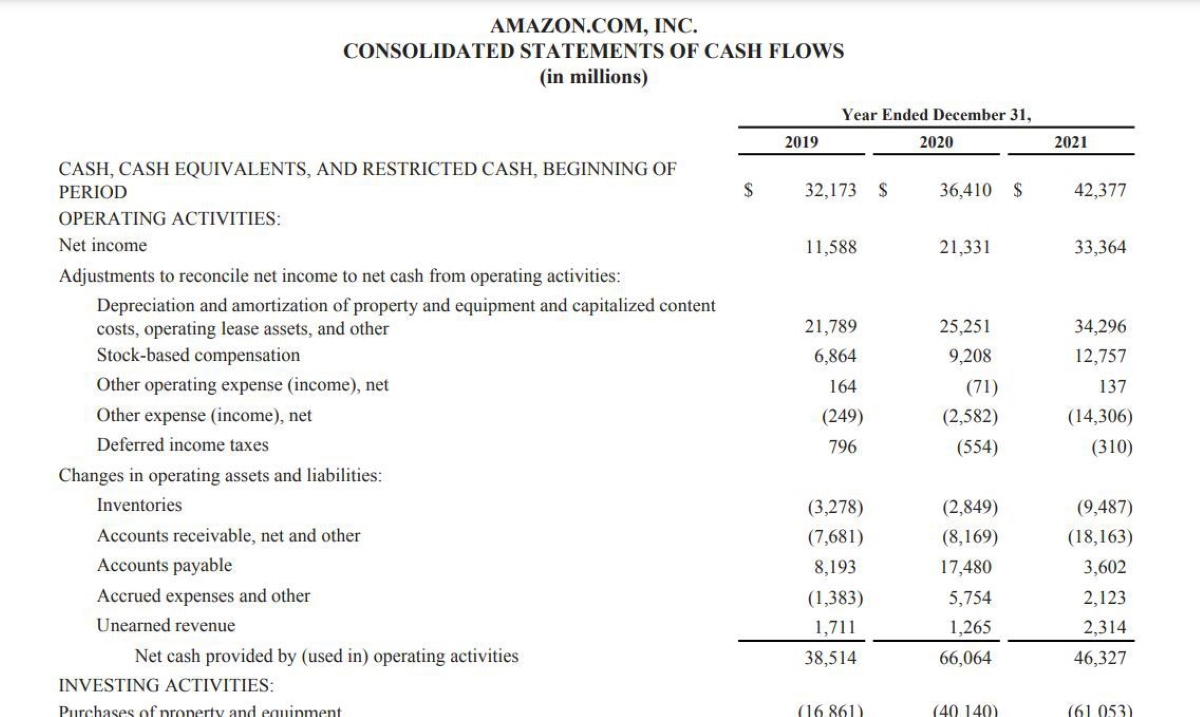

Finance
Amortizing Security Definition
Published: October 6, 2023
Learn the definition of amortizing security in finance and how it impacts your investments. Enhance your financial knowledge with our comprehensive guide.
(Many of the links in this article redirect to a specific reviewed product. Your purchase of these products through affiliate links helps to generate commission for LiveWell, at no extra cost. Learn more)
Understanding Amortizing Security Definition: A Key Aspect of Finance
Welcome to our finance category blog post, where we delve into the intricacies of financial concepts to help you gain a better understanding of the world of money management. In this article, we focus on the definition and importance of amortizing securities in the field of finance.
Key Takeaways:
- Amortizing securities involve the systematic repayment of a debt or a loan over a specified period of time.
- These financial instruments offer a multitude of benefits, including reducing risk, providing regular income, and ensuring principal repayment.
Amortizing securities are a key component of financial markets, and understanding their definition and function is crucial for individuals and businesses alike. So, let’s dive in and explore how these instruments work and why they hold such significance in the world of finance.
What are Amortizing Securities?
Amortizing securities refer to financial instruments that involve the systematic repayment of a debt or a loan over a specified period. These securities are typically issued by government entities, such as treasuries, or by private corporations. Their primary purpose is to provide investors with regular income, reduced risk, and the assurance of principal repayment. The repayment is structured in a way that allows both interest and principal to be repaid incrementally over time.
Amortizing securities are commonly associated with mortgage-backed securities (MBS) and asset-backed securities (ABS). In the case of MBS, homebuyers repay their mortgages in monthly installments, and these payments are then pooled together to create securities that can be bought and sold in the market. Similarly, ABS are created by pooling together various types of loans, such as auto loans or student loans, and selling them to investors.
The Importance of Amortizing Securities
Now that we have a better understanding of what amortizing securities are, let’s explore why they are crucial in the world of finance:
- Risk Reduction: Amortizing securities offer a reduced level of risk compared to other forms of investments, such as non-amortizing bonds. Since the principal and interest are paid back in regular installments, investors are more likely to receive a consistent income stream.
- Regular Income: These securities provide investors with a steady cash flow, as the periodic repayments of principal and interest generate regular income throughout the life of the security.
- Principal Repayment: Unlike non-amortizing securities, where principal is repaid in a lump sum at maturity, amortizing securities enable investors to receive portions of their principal back over time. This can be particularly beneficial for investors who need to access their invested capital.
By understanding the definition and importance of amortizing securities, investors can make more informed decisions about their financial portfolios. Whether you are an individual investor or a finance professional, being aware of how these securities function can help you navigate the complexities of the financial markets.
That wraps up our exploration of amortizing securities. We hope this article has shed some light on this important aspect of finance. Stay tuned to our finance category for more informative blog posts about various financial concepts and investment strategies!














